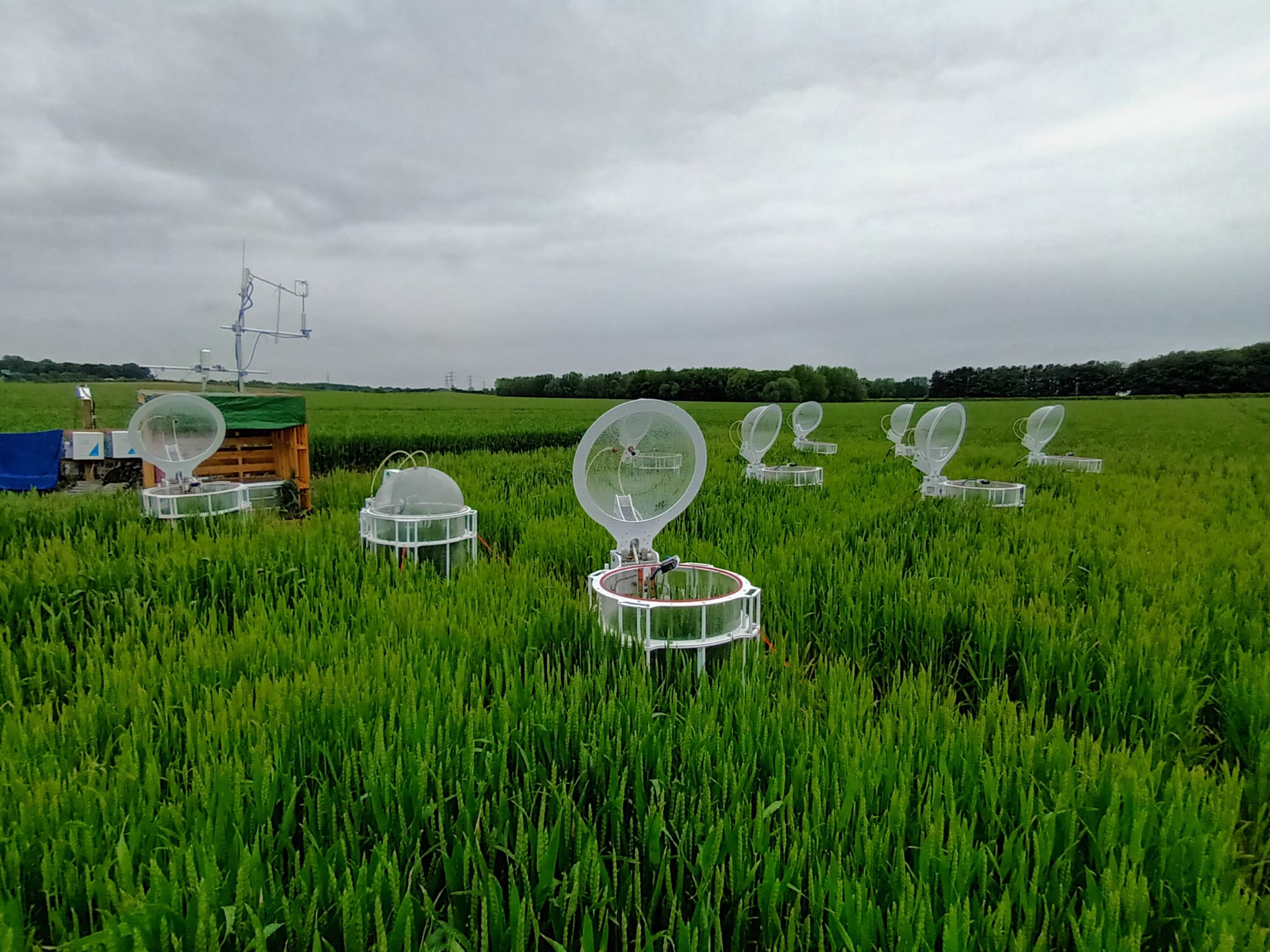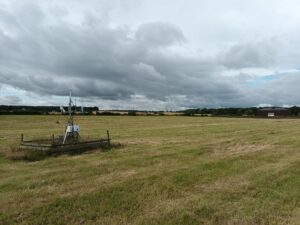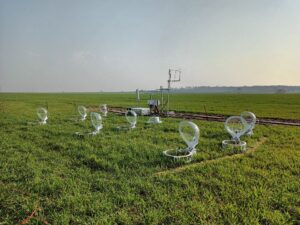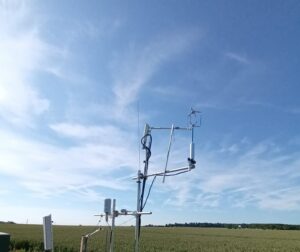Reducing GHG emissions from agriculture

Dr Richard Grayson (School of Geography), Prof. P. Chapman (School of Geography) & Dr Ross Morrison (UK Centre for Ecology and Hydrology)
Project Summary
The UK Government are committed to decarbonising the economy to meet the target of net zero by 2050 or earlier. Estimates from 2019 indicate that emissions from agriculture accounted for 11% (55 MtCO2e) of UK greenhouse gas (GHG) emissions, mainly stemming from livestock, agricultural soils, and farm machinery. Thus, agriculture has the potential to make a significant contribution to the UK Net Zero ambition by reducing GHG emissions from agricultural production as well as capturing and storing (sequestering) more carbon in natural sinks such as farm soils and vegetation. It is anticipated that by 2030, 75% of farms in England will engage in low carbon farming practices, increasing to 85% by 2035. At the same time, each devolved authority is developing post-Brexit national agri-environment schemes (e.g., Environmental Land Management schemes (ELMs) in England) that prioritise delivery of public goods. This will see farming and the countryside contributing significantly to environmental goals including the net zero ambition.
Intensive agriculture has led to soil degradation, especially a reduction in soil organic matter content and the amount of carbon stored in soils, alongside declining soil health. Regenerative agriculture is gaining traction as a means to reduce and/or reverse the environmental impact of farming through soil health improvements that result in GHG emissions reductions and increased soil carbon storage. Such ‘regenerative’ farming practices include minimal or zero tillage, cover crops, addition of organic amendments, diversity of plant species, and inclusion of livestock , amongst others. However, the rate of C sequestration is dependent on soil texture, soil drainage characteristics, climate and length of time over which such management is carried out.
Despite the UK government’s commitment and a growing sectoral shift regenerative agriculture there remains a lack of real-world data on GHG fluxes in UK agriculture. As such, there is a real need to better understand the role of different agricultural practices on GHG fluxes and C sequestration across agricultural systems in the UK.


Aims and Objectives
This project offers an exciting opportunity to make a significant contribution to shaping the future of agriculture during the transition towards net zero. Building on our existing datasets, the project deploys long term Eddy Covariance measurements and automatic chamber experiments to better understand within arable, grassland and regenerative farming systems.
The studentship will address a combination of topic areas, including:
- Land-Air fluxes of water, carbon and nitrogen using eddy covariance flux towers and automatic chambers.
- The net ecosystem carbon balance of the most widespread and novel UK agricultural crops
- Impacts of regenerative agricultural practices on GHG fluxes and soil carbon sequestration
- The detailed environmental processes that control biogeochemical cycles in agricultural systems

Training
The student will work under the supervision of Dr Richard Grayson and Professor Pippa Chapman within the Faculty of Environment, University of Leeds, plus Dr Ross Morrison at the UK Centre for Ecology and Hydrology (UKCEH), who have expertise in all aspects of the project. Fieldwork will be conducted in the UK, and the findings will be of international relevance. The student will have access to excellent training and field and laboratory resources at the University of Leeds and CEH. This includes three Eddy Covariance (EC) flux towers located the University of Leeds Research Farm which focus on observing land-atmosphere fluxes of carbon dioxide (CO2) and water vapour (evapotranspiration). CEH also operate a wider network of Eddy Covariance (EC) flux towers some of which measure other trace GHG gas fluxes such as methane (CH4) and nitrous oxide (N2O). The student will also have access to a soil GHG flux chamber system with an analyser that is capable of measuring CO2 CH4, N2O and H2O and a mobile gas analyser capable of measuring CO2, CH4 and H2O
The successful candidate will develop a range of research skills, including experimental design, field sampling, statistical analysis and data interpretation, modelling, academic writing skills and giving presentations. Training will be provided in field/laboratory health and safety procedures and the use of field and analytical equipment.
